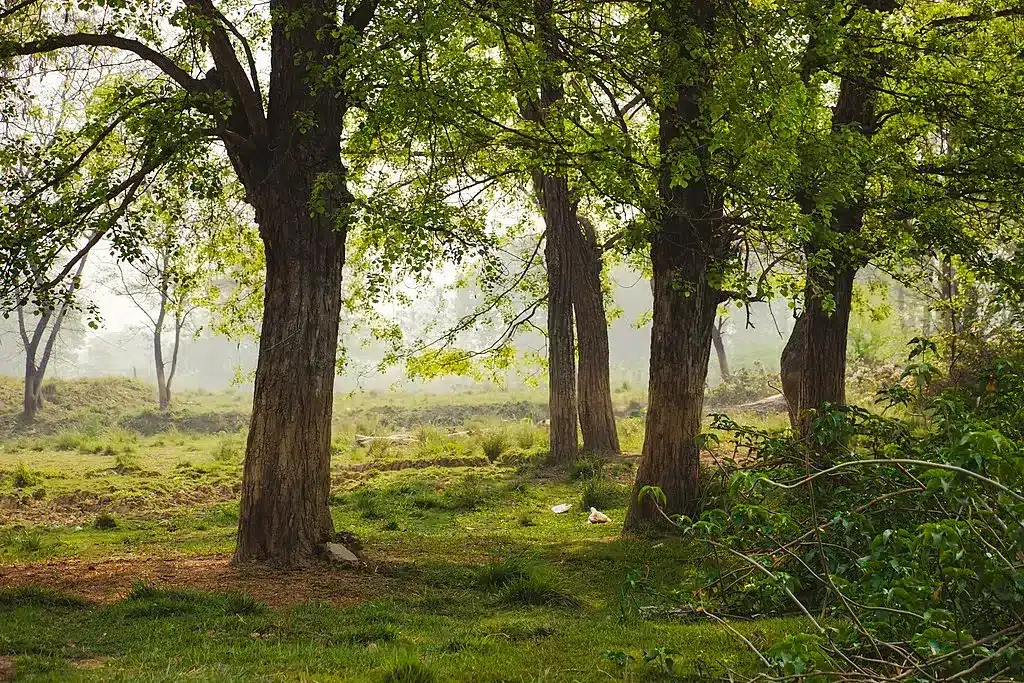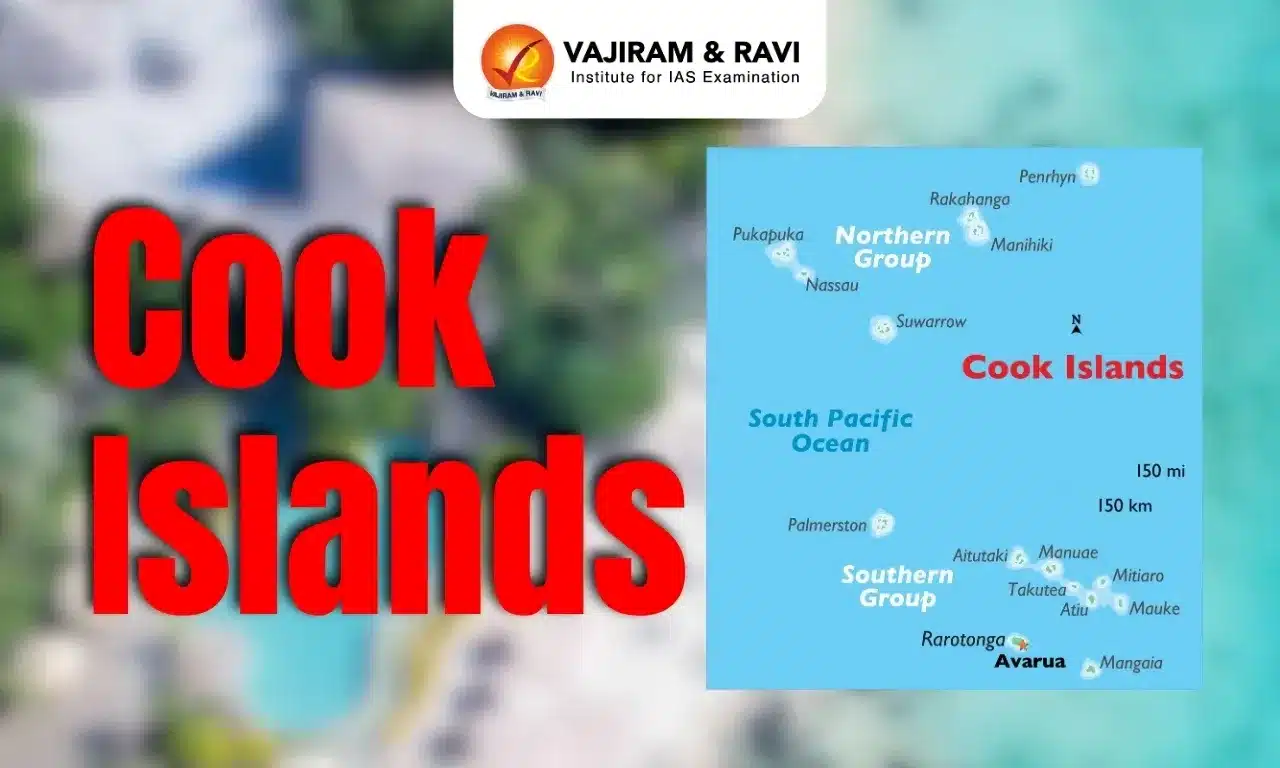About Rosewood Tree:
- Rosewood is a commercial term encompassing a wide range of tropical hardwoods in the Fabaceae (Leguminosae) family.
- Distribution: It is native to South-East Asia, Papua New Guinea, the Solomon Islands, Sabah, Philippines, Indonesia and Malaysia.
Indian Rosewood
- Dalbergia sissoo(North Indian rosewood)
- It is a fast-growing, hardy, deciduous crooked rosewood tree is native to the foothills of the Himalayas, ranging from Afghanistan in the west to Bihar, India, in the east.
- It has long, leathery leaves and whitish or pink flowers.
- It is primarily found growing along river banks above 200 m (700 ft) elevation, but can range naturally up to 1,400 m (4,600 ft).
- Dalbergia latifolia (East Indian Rose wood)
- Common names: East Indian Rosewood, Black Rosewood, Bombay Black wood, Indonesian Rosewood, Malabar rosewood.
- Habitat: Tropical dry deciduous forests, Tropical moist deciduous forests, also in the plains.
- Distribution: India, Nepal, Andama Islands (India), Malay peninsula, Indonesia, Himalayas, China, Malaysia
- It is commonly used for furniture, musical instruments, decorative items and veneers.
- Conservation status: Currently, these species are listed in Appendix II of the CITES list.
Key facts about CITES
- It is an international agreement between governments that aims to ensure that international trade in wild animals and plants does not threaten their survival.
- CITES was adopted in 1973 and entered into force in 1975.
- Member countries: There are 184 member parties, and trade is regulated in more than 38,000 species.
- Although CITES is legally binding on the Parties – in other words, they have to implement the Convention–it does not take the place of national laws.
- Secretariat: It is administered by the United Nations Environment Programme (UNEP) and is located in Geneva, Switzerland.
Q1: What is the United Nations Environment Programme (UNEP)?
It is the leading environmental authority in the United Nations system. It uses its expertise to strengthen environmental standards and practices while helping implement environmental obligations at the country, regional, and global levels.
Source: CITES defines guidelines on trade of rosewood species
Last updated on June, 2025
→ UPSC Notification 2025 was released on 22nd January 2025.
→ UPSC Prelims Result 2025 is out now for the CSE held on 25 May 2025.
→ UPSC Prelims Question Paper 2025 and Unofficial Prelims Answer Key 2025 are available now.
→ UPSC Calendar 2026 is released on 15th May, 2025.
→ The UPSC Vacancy 2025 were released 1129, out of which 979 were for UPSC CSE and remaining 150 are for UPSC IFoS.
→ UPSC Mains 2025 will be conducted on 22nd August 2025.
→ UPSC Prelims 2026 will be conducted on 24th May, 2026 & UPSC Mains 2026 will be conducted on 21st August 2026.
→ The UPSC Selection Process is of 3 stages-Prelims, Mains and Interview.
→ UPSC Result 2024 is released with latest UPSC Marksheet 2024. Check Now!
→ UPSC Toppers List 2024 is released now. Shakti Dubey is UPSC AIR 1 2024 Topper.
→ Also check Best IAS Coaching in Delhi
























